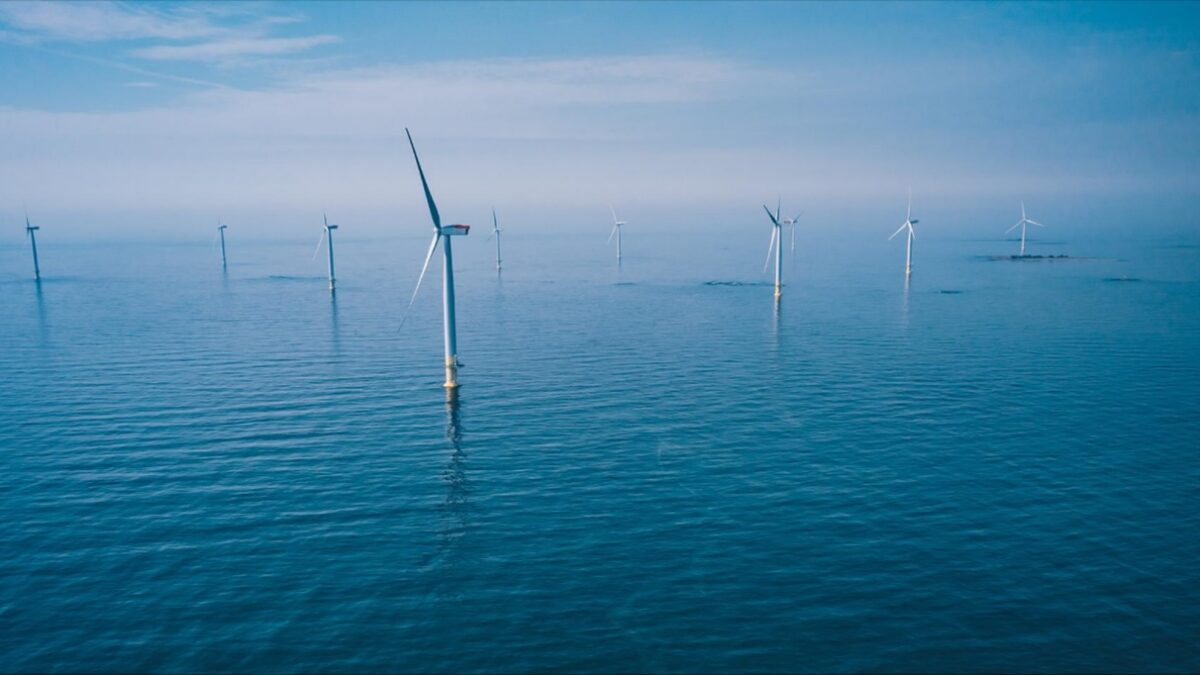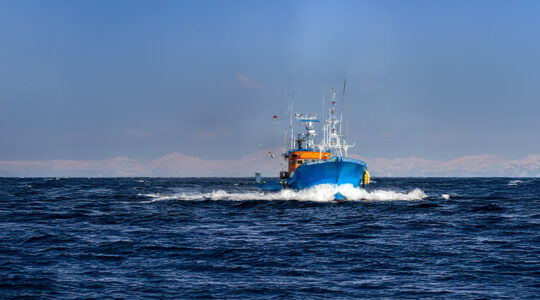
Equinor and Polenergia have received an environmental decision for the connection infrastructure of the Baltic 2 and 3 offshore wind projects
The Regional Director for Environmental Protection (RDEP) in Gdańsk has issued a decision on environmental conditions for the connection infrastructure of the Bałtyk 2 and Bałtyk 3 offshore wind farms. The environmental approval is an important milestone and means that the projects developed jointly by Equinor and Polenergia can enter the next phase of implementation.
– The decision is an extremely important milestone that brings us closer to making the final investment decision. The environmental decision paves the way for our projects to continue the investment process, including obtaining building permits. A smooth transition from the planning stage of the Baltic 2 and 3 projects to the stage of their development is one of the necessary conditions for the success of the energy transition in Poland. Our two offshore wind farms, Bałtyk 2 and Bałtyk 3, will provide renewable energy for more than two million households – says Michał Jerzy Kołodziejczyk, President of the Management Board of Equinor in Poland.
The proceedings were preceded by comprehensive and detailed studies, based on which an environmental impact report was prepared. Both wind farms with a total capacity of 1440 MW will be located in the Polish exclusive economic zone of the Baltic Sea, at a distance of approx. 37 and 22 km from the coastline near Ustka and Łeba. The connection infrastructure will be located in the maritime areas of internal waters and the territorial sea and on land, in the municipalities of Ustka and Słupsk in the Pomeranian Voivodeship.
The power output cable lines will run through the villages of Lędowo, Duninowo PGR, Pęplino, Bruskowo Leśnictwo, Bruskowo Małe, Bruskowo Wielkie, and Wielichowo. The connection point of both offshore wind farms to the National Power System will be the existing Słupsk-Wierzbięcino substation of the Polish Power Grid.
– With his decision, the Regional Director for Environmental Protection confirmed that we have exercised all due diligence in designing the connection infrastructure. It has been planned in such a way as to minimize the impact of the investment on the environment and the lives of local communities. The use of trenchless technology makes it possible to connect the offshore and onshore power infrastructure while maintaining the environmental and landscape values of the Polish coast - says Marta Porzuczek, Director of the Environmental Protection and Sustainable Development Department at Polenergia Group.
Offshore works, including the installation of internal cables and offshore export cables, will begin in 2026. Internal cables, with a total length of up to 200 kilometers and a voltage of 66 kV, will connect the turbines of each of the farms and the offshore substations.
On the other hand, four export cables with a total length of 256 kilometers will carry 220kV electricity from offshore substations to onshore substations. The cables will be laid on the seabed and buried, and the output of the offshore export cables to the shore will be carried out using the trenchless method, i.e. under the surface of the ground, without interfering with the coastal zone, including the beach.
For the connection infrastructure of the Bałtyk II and Bałtyk III offshore wind farm projects, Equinor and Polenergia received an environmental decision already in 2019. The investors applied for a new environmental decision due to changes in some elements of the onshore part of the investment, among other things the location of the exit of cable lines from the sea to the land.
The first energy from the Baltic II and Baltic III offshore wind farms, with a total capacity of 1440 MW, will flow as early as 2027. The commercial stage of their use is planned a year later. In the next phase of offshore wind energy development, the Bałtyk I wind farm with a capacity of up to 1560 MW will be built, located about 80 km from the shore. The projects carried out jointly by Equinor and Polenergia are an important part of Poland's energy transition, under which 18 GW of offshore wind capacity could be generated in Polish offshore areas by 2040.
Podobne wpisy

2025: Key Decisions and Milestones – The Bałtyk Projects in Focus

Signing of agreements under the compensation scheme for fishermen has commenced

